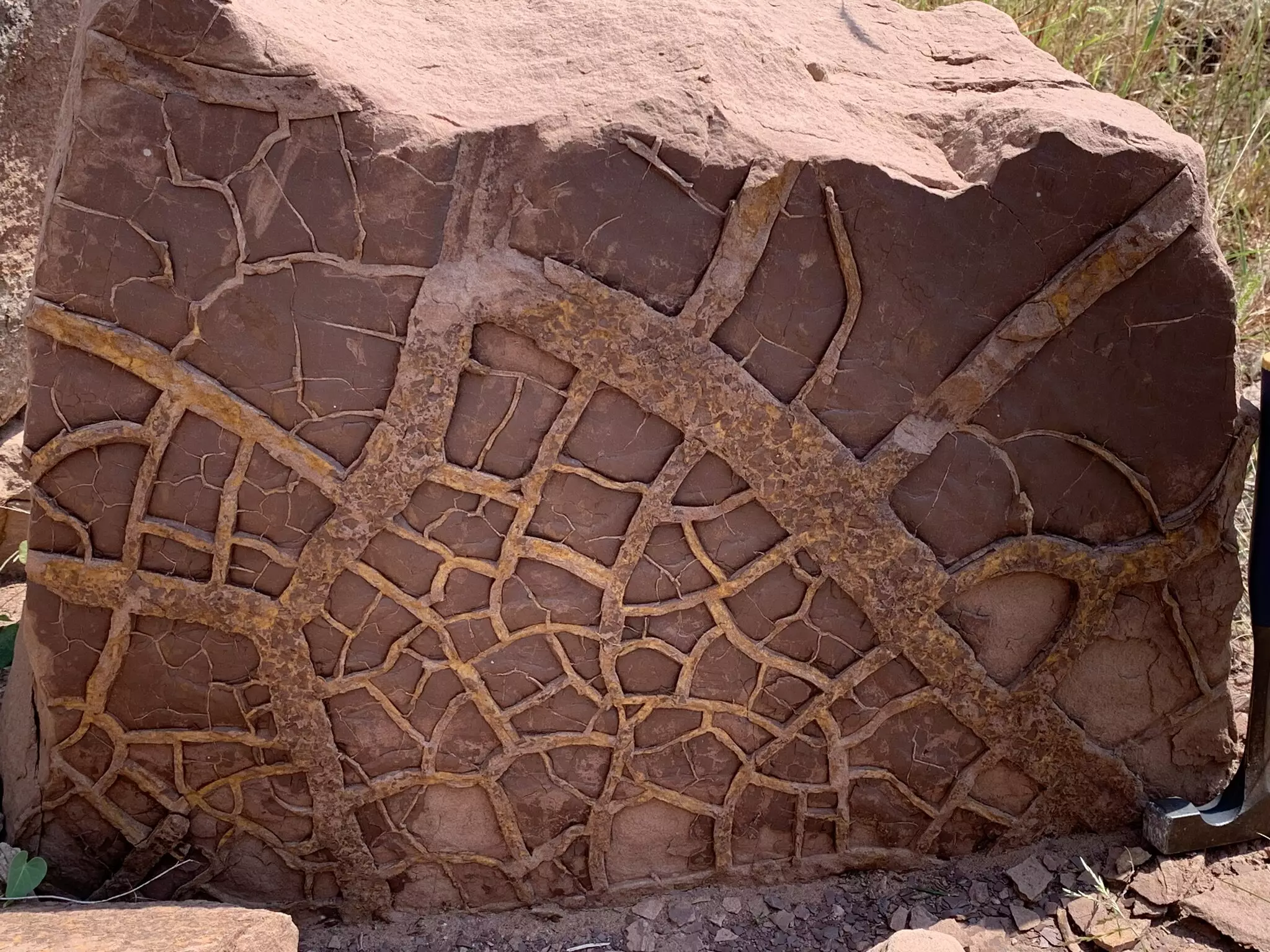The end-Permian extinction, occurring approximately 252 million years ago, remains one of the most significant and devastating events in Earth’s history. Recent research co-led by the University of Bristol and the China University of Geosciences (Wuhan) sheds new light on the mechanisms driving this mass extinction, primarily attributing it to prolonged and extreme ocean warming, characterized by unprecedented El Niño events. Such insights deepen our understanding of how contemporary climate challenges might echo the cataclysmic conditions of the past.
Unraveling the Mystery of Disparate Extinction Rates
Historically, scientists have linked the Permian-Triassic extinction to volcanic activity in Siberia, which released vast quantities of carbon dioxide into the atmosphere, catapulting global temperatures and destabilizing both marine and terrestrial ecosystems. This study, however, critiques earlier simplifications that viewed temperature rise as the sole culprit for extinction. While climate warming undeniably played a significant role, the research emphasizes that it’s not just the heat that can decimate life; it’s the associated climatic variability.
Dr. Alexander Farnsworth, a senior research associate at the University of Bristol, articulates a vital point: modern species often migrate to cooler latitudes as temperatures rise, an adaptation that likely saved many during current climate fluctuations. The study reveals that, during the Permian-Triassic, the variability in climate conditions may have exceeded species’ ability to adapt—creating a situation where unprecedented weather extremes led to widespread ecological collapse.
A strikingly novel aspect of this research is its focus on the effects of prolonged and severe El Niño events during the Permian-Triassic period. Through the study of oxygen isotopes in ancient marine organisms, specifically conodonts, researchers could reconstruct temperature fluctuations and climatic patterns. They found that these warming events crippled temperature gradients across low and mid-latitude regions, indicating that conditions had become intolerable for many species.
Professor Yadong Sun highlights the research’s crucial implications: the intensity of climate swings made it exceedingly difficult for life forms to survive, let alone thrive. Unlike recent El Niño phenomena, which are indeed impactful but relatively short-lived, Permian-Triassic El Niños persisted for prolonged periods, manifesting as alternating decades of drought and subsequent flooding—a pattern that resulted in a hostile environment for survival.
As conditions deteriorated, wildfires became commonplace as a result of droughts, while marine environments stagnated due to the warming surface waters. The findings suggest that the loss of ancestral plants and adaptive animal species catalyzed a feedback loop: declining vegetation failed to sequester atmospheric carbon dioxide, further exacerbating the greenhouse conditions that led to even more extreme climates. This coalescent understanding of ecosystems highlights the interconnectedness of life forms on Earth and serves as a cautionary tale for today’s biodiversity, which faces its own threats from climate change.
The disparity in extinction rates between terrestrial and marine organisms has puzzled researchers for decades. The new study posits that while oceans initially buffered against rapid temperature increases, the prolonged stress inflicted by mega-El Niño events eventually spread the collapse onto land ecosystems, leading to significant extinction pressure. Species that could not adapt quickly enough were rendered vulnerable, and only those capable of rapid movement were likely to survive, illustrating a tumultuous juxtaposition between species resilience and environmental change.
A Cautionary Tale for Our Times
The parallels between the ancient extinction event and today’s climate crisis are poignant. Despite the knowledge that massive extinctions can lead to the emergence of new dominant life forms, as seen in the rise of dinosaurs post-Permian, such shifts come at monumental costs. Today’s rapid climate change, driven largely by human activities, echoes the planetary stressors of the past.
As humanity grapples with increasing temperatures, volatile weather patterns, droughts, and floods, the lessons of the Permian-Triassic extinction serve as a critical reminder of the stakes involved. It emphasizes the need for proactive measures to stabilize climate dynamics, geared not only toward managing temperature rise but also toward addressing the chaotic fluctuations that accompany it.
While mass extinctions are a natural aspect of Earth’s evolutionary history, the current trajectory suggests that our planet may be on the precipice of another catastrophic event. This underscores the imperative of understanding ancient climate mechanisms to inform contemporary scientific efforts aimed at mitigating future biodiversity loss. Within these cycles lie the foundational elements of evolution, adaptation, and the resilience of life itself.


Leave a Reply